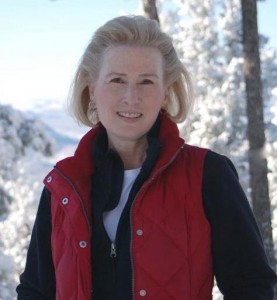The following information was provided by the office of the Premier of Victoria, Australia last year.
Minister for Environment and Climate Change Ryan Smith today announced work has begun to install 6,000 new communications radios in firefighting vehicles, aircraft, incident control centres, fire towers and work centres throughout Victoria.Mr Smith said the $24.6 million project would see the current 19 year-old radio fleet replaced with a state-of-the-art system to better protect emergency services personnel and Victorian communities.
“This program will see vital new communications radios, which are digital-capable, installed in firefighting vehicles and aircraft throughout Victoria,” Mr Smith said.
“New handheld radios will also be provided for use by operational staff.
“Communications are a crucial part of effective bushfire response. Upgrading communications infrastructure enhances the capability of our emergency services to protect communities and firefighting personnel from bushfire.”
Mr Smith said the radio replacement project would be led by the Department of Primary Industries and Environment (DEPI).
“Each radio unit will be equipped with a GPS tracking system enabling incident managers to track the location of vehicles and firefighters in real time – improving fire ground operations, logistics and firefighter safety,” Mr Smith said.
“The new radios are also compatible with CFA systems along with those of the SES and our neighbouring states, which will simplify communications between the firefighting agencies when they are working together on the fireground.”
Two thousand radios are expected to be installed during the next six months, with the remainder scheduled for installation ahead of the 2014/15 fire season.
Mr Smith said the replacement of the radios addressed, in part, recommendation 22 from the Victorian Bushfire Royal Commission. The recommendation calls for standardisation of information and communications systems within DEPI and the Country Fire Authority (CFA).
“I’m proud of the progress the Coalition Government has made in preparing the state for bushfires. There has been a lot of hard work done in response to the Victorian Bushfires Royal Commission, including projects such as this,” Mr Smith said.
“We’re committed to reducing the risk of bushfires and making Victorians safer. ”
Mr Smith said the Coalition Government had budgeted to spend $338.7 million on land and fire management in the 2013-14 financial year. This includes an extra $9 million to expand the planned burning program.
The Coalition Government’s planned burning program hit a 30 year high this year with 253,000 hectares of planned burning undertaken.
A Telstra consortium has been awarded the radio replacement contract.
The consortium consists of Telstra, Tait Communications (NZ)) and AA Radio Communications (Australia).






